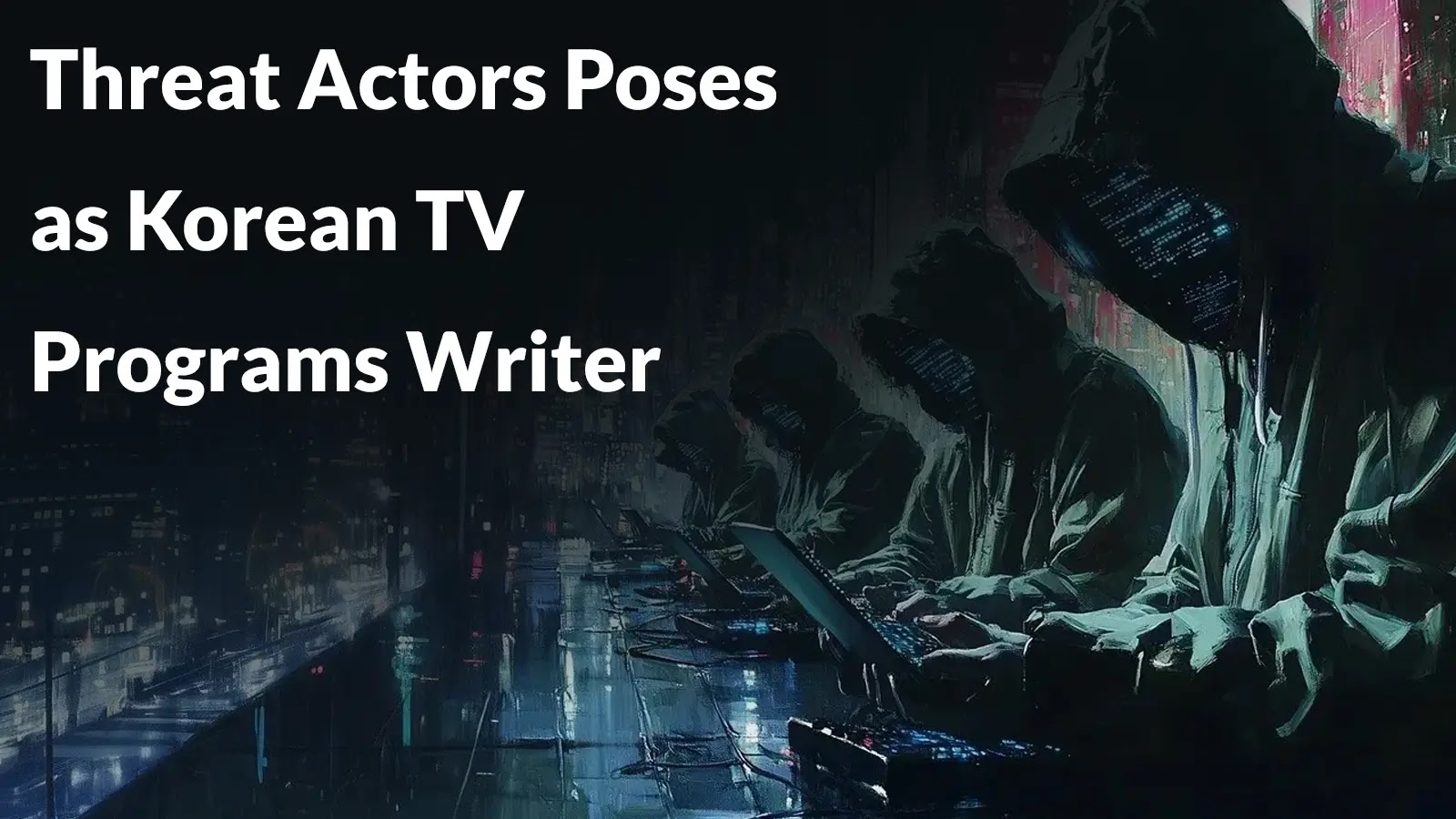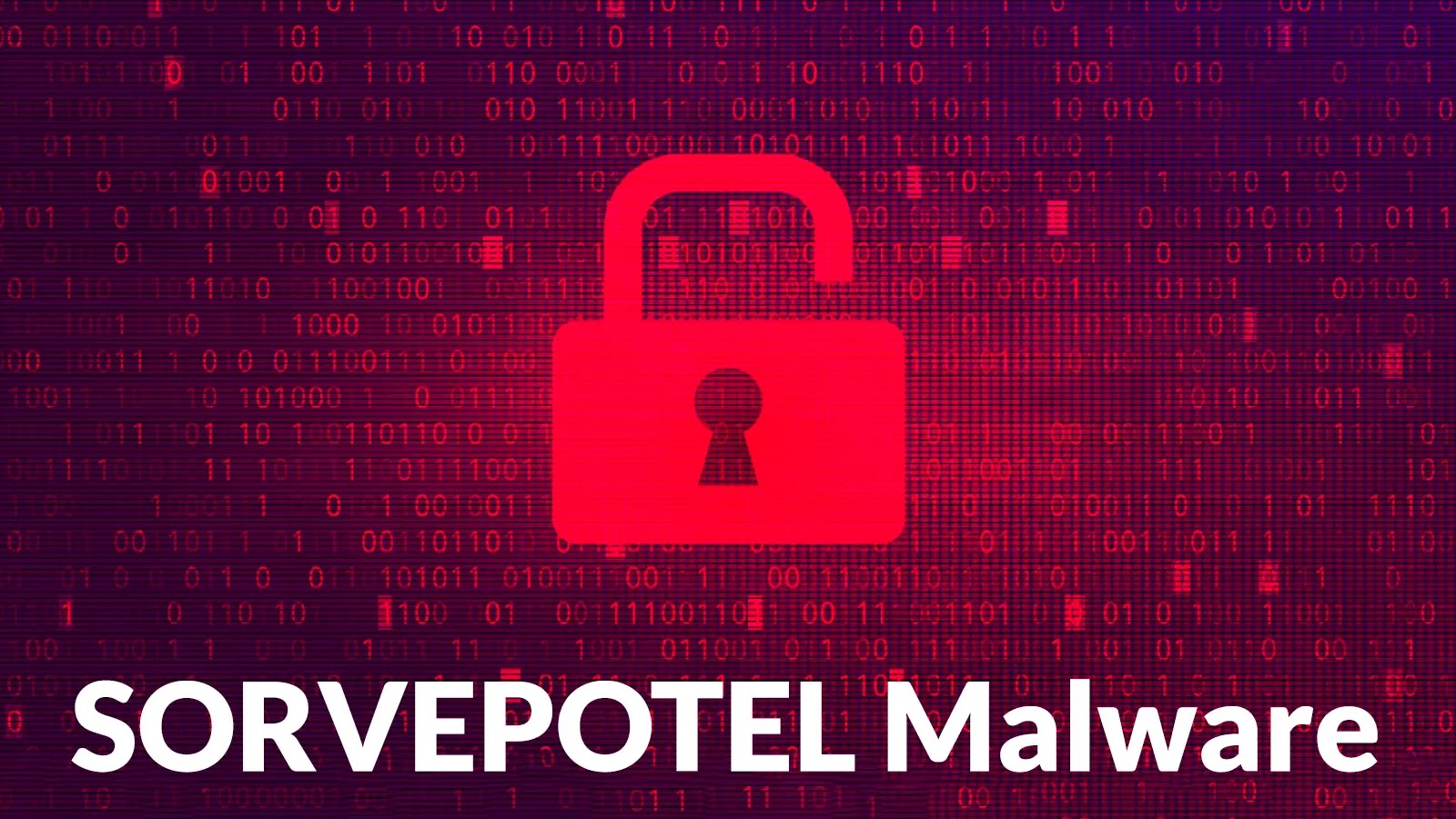On July 31, 2025, Palo Alto Networks’ Unit 42 unveiled a pioneering Attribution Framework designed to bring structure and clarity to the complex process of identifying and classifying cyber threat actors. This initiative aims to transform the traditionally subjective practice of threat attribution into a systematic, evidence-based methodology.
Addressing Challenges in Threat Attribution
Historically, the cybersecurity community has grappled with inconsistent naming conventions and premature attribution of threat actors, leading to confusion and misallocated defensive resources. The Unit 42 Attribution Framework seeks to mitigate these issues by introducing a standardized approach that emphasizes reliability and credibility in threat analysis.
Integration of Established Models
The framework integrates two well-regarded models in cybersecurity: the Diamond Model of Intrusion Analysis and the Admiralty System. The Diamond Model provides a structured method for analyzing cyber incidents by examining four core components: adversary, infrastructure, capability, and victim. The Admiralty System offers a grading scale to assess the reliability of sources and the credibility of information. By combining these models, the framework establishes a robust scoring mechanism that enhances the accuracy and consistency of threat actor attribution.
Three-Tiered Classification System
The Unit 42 Attribution Framework introduces a three-tiered classification system to systematically categorize threat activities:
1. Activity Clusters (CL-): This initial level groups related cyber events that share common indicators of compromise (IoCs), tactics, techniques, and procedures (TTPs), or occur within a close timeframe. For instance, multiple phishing campaigns targeting financial institutions with identical SHA256 hashes would be classified under the same activity cluster. These clusters are prefixed with CL- followed by motivation indicators such as STA for state-sponsored, CRI for crime-motivated, or UNK for unknown motivation.
2. Temporary Threat Groups (TGR-): When an activity cluster demonstrates consistent behavior over a minimum of six months and can be mapped comprehensively across all four vertices of the Diamond Model, it is elevated to a temporary threat group. These groups receive the TGR- prefix along with the appropriate motivation indicator.
3. Formalized Threat Actor Groups: The highest classification is reserved for entities with well-documented and sustained activities that have been thoroughly analyzed and corroborated by multiple reliable sources. This level signifies a definitive identification of a threat actor group.
Rigorous Standards Across Key Data Categories
The framework applies stringent criteria across seven critical threat data categories to ensure comprehensive analysis:
– Tactics, Techniques, and Procedures (TTPs): Detailed examination of the methods and strategies employed by threat actors.
– Tooling Configurations: Analysis of the specific tools and software configurations utilized in cyber attacks.
– Malware Code Analysis: In-depth study of malicious code to identify unique characteristics and potential links to known threat actors.
– Operational Security Consistency: Assessment of the threat actor’s operational security practices and any recurring mistakes or patterns.
– Timeline Analysis: Chronological evaluation of attack sequences to identify patterns and correlations.
– Network Infrastructure: Investigation of the digital infrastructure used in attacks, including IP addresses, domains, and hosting services.
– Victimology Patterns: Study of targeted entities to discern patterns in victim selection and attack motives.
Advanced Technical Implementation
The framework’s technical sophistication is evident in its elevation criteria for temporary threat groups. To qualify, an activity cluster must exhibit consistent behavior over at least six months and be thoroughly mapped using the Diamond Model. This comprehensive mapping ensures a holistic understanding of the threat actor’s operations.
Infrastructure analysis within the framework goes beyond basic IP and domain examination. It delves into the relationships between infrastructure elements, such as shared hosting providers and registration patterns, to uncover deeper connections.
Code similarity analysis is also enhanced, moving beyond simple hash comparisons to examine structural functionality, shared libraries, and unique code characteristics. This approach aids in identifying common development sources and potential links between different malware samples.
Practical Application: The Stately Taurus Case Study
The practical application of the Unit 42 Attribution Framework is exemplified in the analysis of the Stately Taurus activity, which began with the discovery of the Bookworm Trojan in 2015. Over a decade, Unit 42 researchers employed SHA256 hash analysis to map infrastructure connections between seemingly disparate campaigns. By applying the new attribution methodology, they were able to establish definitive links and gain a comprehensive understanding of the threat actor’s operations.
Operational Security Analysis
A key component of the framework is its focus on operational security (OPSEC) analysis. By tracking consistent mistakes made by threat actors, such as code typos, developer handles in metadata, and open infrastructure configurations, researchers can identify unique OPSEC fingerprints. When combined with temporal correlation analysis and geopolitical event mapping, these fingerprints provide valuable evidence for accurate attribution.
Advancing Threat Intelligence Maturity
The introduction of the Unit 42 Attribution Framework represents a significant advancement in the maturity of threat intelligence. By offering transparency in attribution decisions and establishing reproducible methodologies, the framework enhances collaborative threat research across the cybersecurity community. It provides a structured approach that moves beyond intuition and guesswork, enabling more informed and effective responses to cyber threats.



